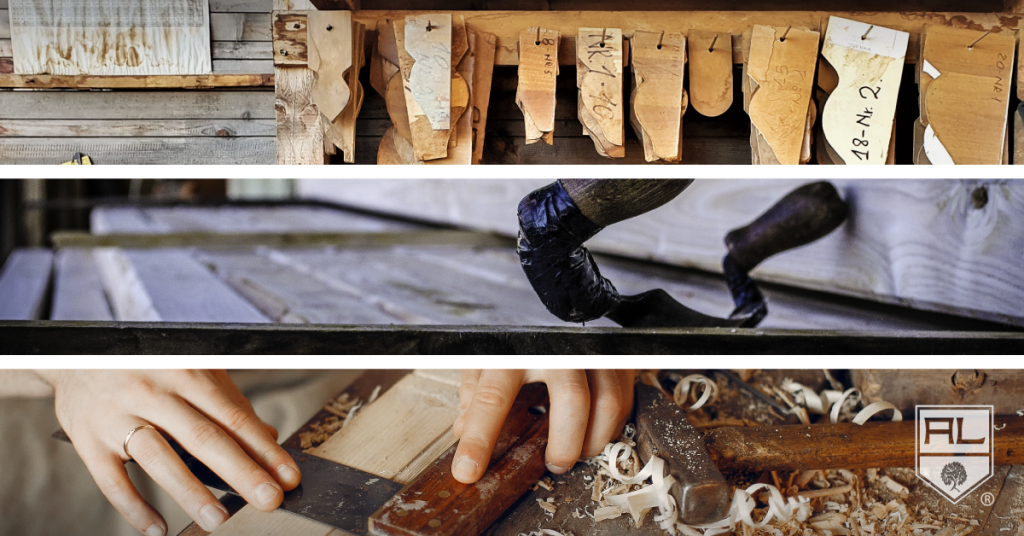
CHESTNUT COLORS IN HOME DESIGN AND STYLE
From a historical point of view, the cultivation of Chestnut in Italy dates back to the Neolithic era (4000 B.C.), although its widespread diffusion is attributed to the Romans.
In addition to manifesting a full-bodied series of resources in various contexts, with the passing of the centuries the wood in question – including its derivatives – has registered a considerable increase in prestige and value.
Before going through the theme of ‘aesthetics of Chestnut‘, it is necessary to mention the fundamental properties: among the most important characteristics, we highlight the tannin, an antioxidant substance of the family of polyphenols, whose function is to protect the plant from pathogens such as fungi and bacteria, which allows this type of wood to be included in the most-durable list.
Nature meets technology
However, the processes created by mother nature are directly or undirectly added to the hand of man. In order to safeguard, therefore, a product of extreme quality, professionals from this sector rely on the work of machines and the skill of craftsmen, which together qualify, shape and finish the wood for its purpose.
In addition, new technologies, such as specific modern drying furnaces, are used to obtain high quality semi-finished products by optimizing time and resources for greater productivity and to meet a constantly growing demand: through the cooperation of the natural method and the artificial one, it is possible to offer greater stability, guaranteeing a reduction in moisture absorption.
Colors, Shades and Sections
The concept of product quality is inevitably linked to the chromatic character of the Chestnut: the tree is characterized by an intense brown color – it becomes a little darker quickly compared to the American and Japanese Chestnut – reddish and tending to gray, depending on the age of the timber.
An aesthetic aspect of fine workmanship that matches the “micro body structures” of the plant, divided into three sections, transverse, radial and tangential, within which are clearly evident a series of veins, different from each other depending on the cut, which make the Chestnut wood suitable for many applications in which its aesthetic value is appreciated in both rustic style and contemporary design.

Harmony maker: structure and furniture
In the building field, the planking is mainly used for the production of furniture, outdoor furniture, solid wood panels, elements for windows and doors, coatings, indoor and outdoor floors; in some Italian regions, Chestnut wood is traditionally used for the production of floors and windows and doors, where it is appreciated for its decorative aspect.
The fusion between anatomical principles and cutting-edge design elements give life to great artworks, resulting in final products of absolute quality. The peculiarities of chestnut wood allows the creation of structural and furnishing components are integrated together, giving then harmonious aesthetic results.
Whatever the architectural style of a public or private structure, solid chestnut is absolutely one of the best solutions, since it is extraordinarily versatile. In its structural version with trusses, beams, rails and planks, and in its furnishing version with interior-design elements (tables, chairs, sideboards and others), it becomes an important protagonist of indoor and outdoor projects.
Remarking its versatility with the various aesthetic styles, this marvelous essence perfectly matches all design tastes.
Always in our homes: friend of style
In the Rustic style, which brings us back to country atmospheres where the colors of nature and tranquility emerge in the environment. The style, moreover, is linked to the concept of raw material, not finished, another element that we find within this particular stylistic mood, in reference to solid wood products.
With the Modern style, however, tends to delineate the space (the space to give more space) or to contrast the area standing out as a distinctive element. A totally stimulating solution for those who live the structure, with reference to its particular geometries and the connection between the minimal-futuristic and the classical-past.
In the Classical style, timeless par excellence, the chestnut tree succeeds in emphasizing its elegant, luxurious and valuable character: structural elements and furnishings make the environment reminiscent of the historical contexts of Greco-Roman nobility.
Click HERE to learn more about our Premium Italian Chestnut®.
Also, follow us on our Facebook and Instagram pages for news and insights on the Chestnut Culture.
Don’t miss our other publications:
50 SHADES OF CHESTNUT
THE 5 PILLARS OF SUSTAINABILITY – PEFC
CE MARKING CHESTNUT TIMBER
7 REASONS TO CHOOSE SOLID CHESTNUT
THE ECONOMY OF CHESTNUT
THE POWER OF TANNIN
A CHESTNUT RECORD
BACK TO THE WOOD



